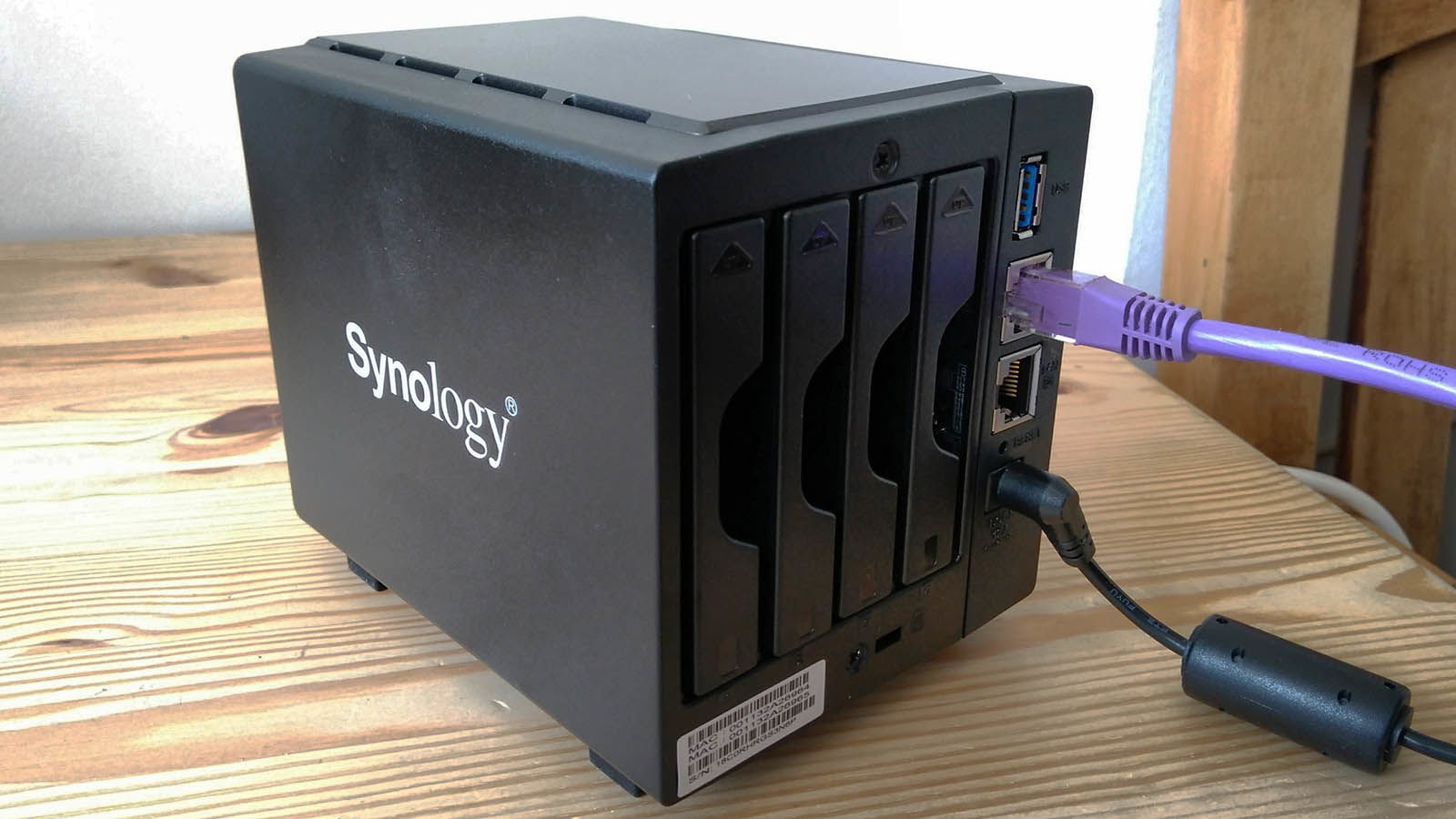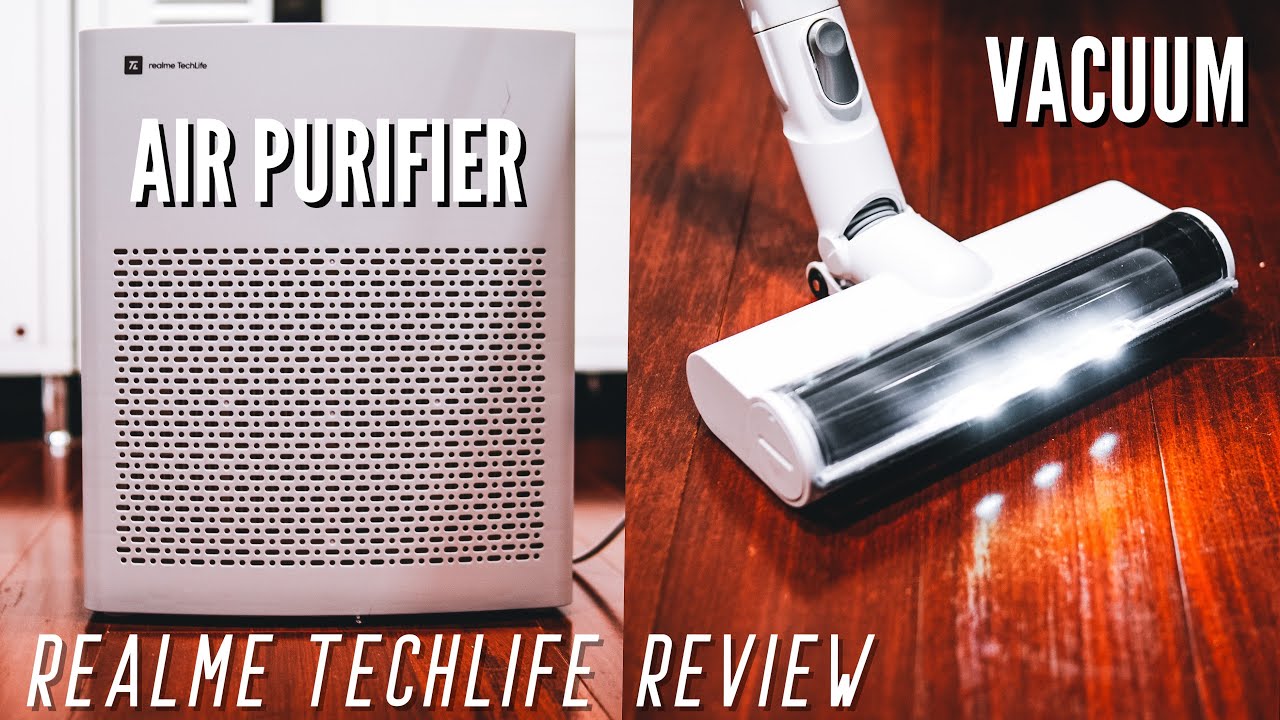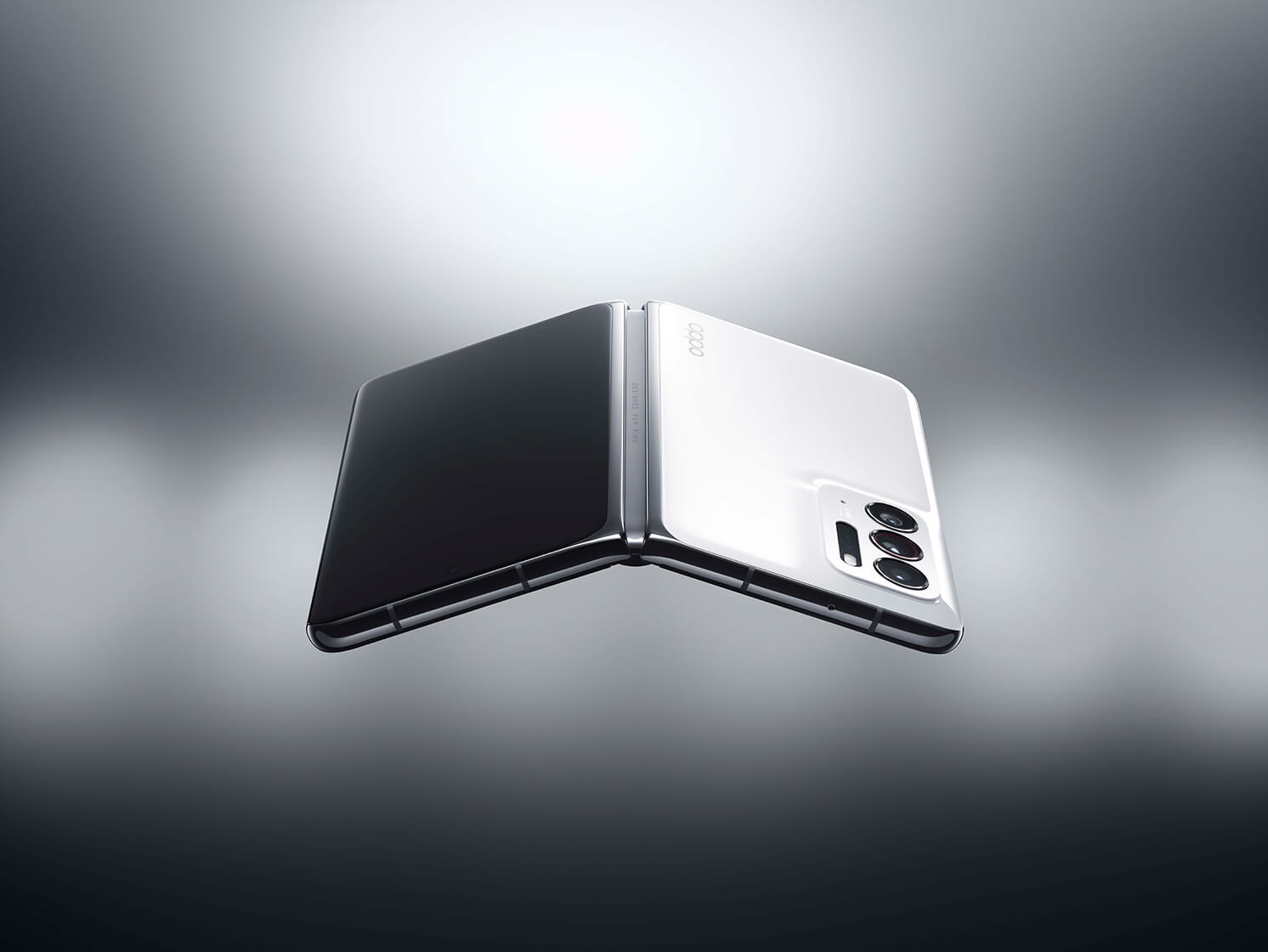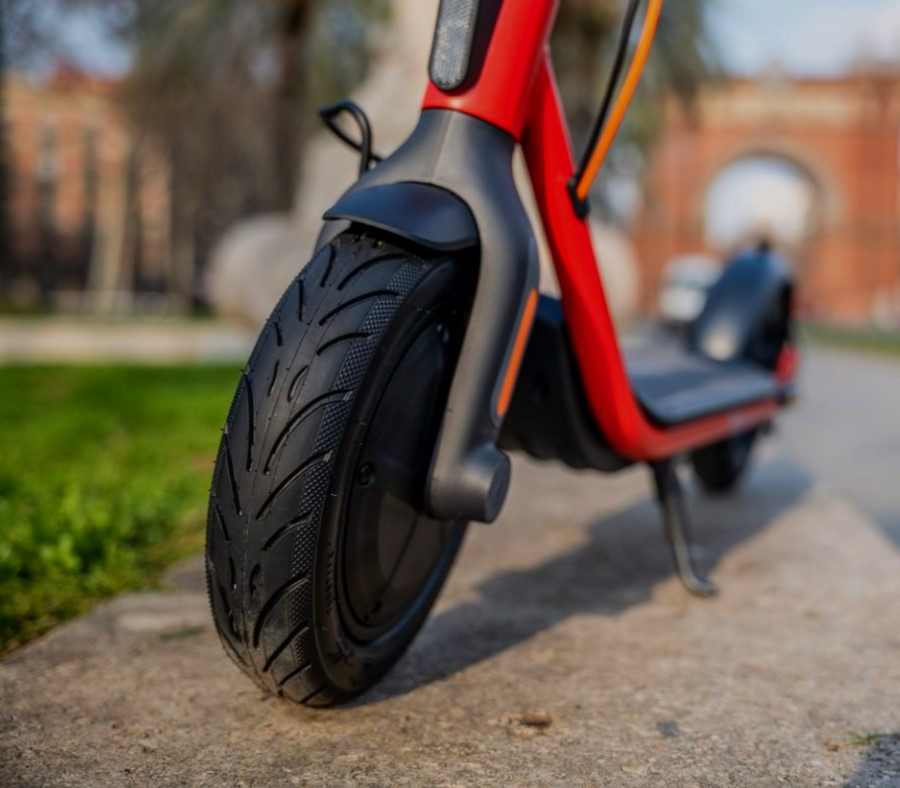
hey everybody its lines I’ve been and we’re taking a look today at the ds4 19 slim from Synology this is a cute little network attached storage device that is fully featured and has four drive bays on the back here it supports two and a half inch solid-state drives like this one but it will also support spinning laptop hard drives as well and it’s definitely tiny for people that are living in tight quarters and maybe want something solid-state to bring with them on photo shoots and whatnot and we’re going to be taking a closer look at what this device can and can’t do in just a second but I do want to let you know in the interest of full disclosure if this is unknown from Synology so when it’s done with us it goes back to them all the opinions you’re about to hear are my own nobody is paying for this review nor has anyone reviewed or approved what you’re about to see before it was uploaded and I should add that Synology is an occasional sponsor here on the channel but they are not sponsoring this video so let’s get into it now and see what this drive is all about so let’s take a closer look now at the hardware this costs three hundred and twenty nine dollars without any drives installed so you are paying a premium for this smaller form factor the hard drives if you go with solid-state drives will also cost more to but you can of course use spinning laptop hard drives that have the same two-and-a-half inch form factor and that will bring the cost per gigabyte down quite a bit versus the solid-state drives inside it’s got a Marvell Armada 385 ARM processor and only 512 Meg’s of RAM and this actually lines up almost identically to the ds2 18 J we looked at a little while back which is the dual drive entry-level nass device that Synology sells for half the price it’s larger than this one and uses the larger desktop hard drives but it has the same performance so if you are looking at this for media serving and some other things this is probably not going to do the job for you it does run a lot of server applications which we’ll talk about in a few minutes but you can’t run a lot of them simultaneously given the RAM limitations so there are some
things that this is not going to be good for despite its higher price tag but they are marketing this is something that works for people that are really in tight spaces or if they want something portable and if you use solid-state drives you certainly have a lower potential for data loss if you are in fact throwing this in a bag to take out in the field with you it can also run a lot quieter with solid-state drives which we’ll talk about in a minute you got dual Gigabit Ethernet here on the back I don’t think the performance of this device will ever meet the link aggregated to gigabits per second it is capable of achieving but there are some areas where you might want to run it on two different VLANs for example or some other reason to have two networks attached so you have that option available to you you got a USB 3 port here in the back for attaching different types of devices these things can work as print servers you can attach a wireless device to it if you want you can also hook up external hard drives for backup there’s a lot of different things you can do with that your power goes in here there’s a Kensington lock here at the bottom which will lock the device down on a desk or some other thing that you tie it to however the drives themselves are not locked there’s no way to lock the drives in so if you are concerned about someone walking off with data you might want to take advantage of the encryption features that they have on here because these drives can easily be pulled out the good news though is that it does support hot
swapping so if you did have a drive failure in the course of your workday you can take out the bad drive and put in a new one it will rebuild the array for you and not interrupt your workday so you never have to shut it down to add a drive or swap one out and that was kind of nice to see on a device like this now these devices are becoming more attractive I think because the cost of solid-state storage has declined significantly you can find a terabyte SSD now for under $100 on many online retailers and that can be very attractive but you have to think about the quality of the hard drive that you’re putting inside of it now when we’re talking about nass devices in the spinning drive world I often recommend going with a nasser defied drive which is designed to just be operating for longer periods of time versus a standard consumer drive and to some degree that philosophy should follow to these SSD based devices and typically a consumer drive like this one or this one is not designed to be written to as much as a more robust Enterprise Drive like one of these is designed for so the Seagate iron wolf Drive is one of the first devices designed specifically for nass which means that it’s designed to be left on for long periods of time 24/7 but it’s also factoring in the amount of Rights that a server device like this might send to the drive because these consumer drives and actually any SSD for that matter will wear out over time the more data that is written to them and if you’re in kind of a basic home or a very small office environment you could probably get away with kind of a mid-range consumer drive but I think if
you are looking at a much more robust server environment you probably want to go with an enterprise Drive just because they are designed and warrantied for this kind of usage whereas the consumer drives are designed more to be put inside a computer and used not as frequently especially when it comes to writing so just keep those things in mind I would avoid trying to find the cheapest drive for one of these things and go with maybe again the mid-range and if you can afford it perhaps an enterprise server drive or one of these newer iron wolf drives that’s really designed to be used in a box like this one thing to note though is that the enterprise drives cost more so the iron wolf that I’ve got here if you were looking at a terabyte is 249 dollars which isn’t bad for an enterprise Drive but again you can buy a terabyte consumer drive for $100 or less so you can really rack up the cost on this thing if you are putting robust drives in but you will have much better protection for your data if you spend more on the hard drive that goes into it now although this is a nasty sign for solid-state drives it is not completely silent there is a fan at the bottom here which is necessary because these drives so close together will generate a good amount of heat the fan speed is variable based on the temperature inside so there are times that won’t be on at all most of the time it’s running at a very low level so you won’t really hear it all that much but even under load it’s not terribly noisy but it will be heard and it’s certainly not silent so just keep that in mind if you were expecting a totally silent device this is not it you can pop the fan out to service the interior so if you have some dust building up or something you can pop the fan out and get that straightened out there’s no filter on here unfortunately though to keep dust from going inside the mechanism on the side here you’ve got your power button you can very easily shut the
drive down without having to go into its control panel on the front you have another USB 3 port which is convenient if you have a hard drive that you’re going to be popping in for a brief time and then popping back out again you could also put your card readers in there and like most Synology devices we’ve got great indicator lights on here so we have both of the knick lights here for the two LAN adapters and then you’ve got a hard drive light for each of the drives that are inside so you can see when things are active there and you also have a status indicator light here that will let you know if everything is okay or if perhaps you need to take a closer look at something so that is the overall hardware let’s boot this thing up and see what it can do alright the NASA is now booted up and if you watched yesterday’s video you’ll know that we added some drives to the ones that they sent with it so initially we had two 240 gig SSDs installed in these two positions I added two more 240 gigabyte drives from two different manufacturers into these two slots here and it was a relatively easy process to expand the size of the array we’re running with Sun ologies hybrid raid which allows for some flexibility down the road for adding more storage and it also allows us to lose any one of these drives without any data loss the result though because we have that protection running is that we only have the capacity of three of these drives in the aggregate so you do lose a little bit of usable space but you are gaining protection when you do that power
consumption right now on this is about 12 watts kind of sitting here at idle the drives are activated because I am connecting my laptop to the NASS right now so you probably will see pretty relatively low power consumption versus perhaps a larger nastier with four drives installed I am hearing a low hum from the fan here that is running and I noticed that it was not running initially when I only had two drives in it but it looks like the heat from four is probably forcing that fan on again not noisy but certainly audible and not totally silent so let’s take a look now at overall drive performance and then we’ll look at some of the features that you can execute on this device okay so I’ve got my Mac finder booted up here and one of the nice things about how these Synology devices work is that they show up like another computer on your network so you can see we’ve got the ds4 19 slim here that’s available to us and I can very easily connect to my shared volume and copy movies off of it for example or copy things to it it works like any other drive on your network might but what I want to do now is run my black magic disk speed test that we like to use and see exactly what kind of performance we can expect out of this thing when we are reading and
writing data to it so remember we have a Gigabit Ethernet connection typically you’ll see write and read speeds around a hundred megabytes per second with higher performing nass devices and as you can see here unencrypted we’re getting about 83 megabytes per second on writes as we’re writing out a large file to the drive and reading pretty close to the gigabit ethernet capacity here at around 110 megabytes per second so I think you’ll have a good performance on reads slightly slower performance on writes versus a more expensive Nass device but typically most of the NASS devices that I look at that connect via Gigabit Ethernet max out around what you see the read speeds here so you’ll probably be about fifteen or twenty megabytes under the speed of a higher performing nastier but it’s not bad given what it’s running for hardware inside now if you do opt to encrypt the volume you will see a performance hit a pretty significant one actually here we are running that same test but now connecting up to an encrypted share and you can see our write speeds have dropped to about twenty-seven megabytes per second and read speeds have dropped about in half and the reason for this of course is that the processor has to do more with that data to encrypt and decrypt it and as a result that will certainly result in lower throughput so you’ll probably not want to use
encryption if you want the best performance but of course there is a risk that somebody could pull a drive out take it back with them and be able to read the data off of it so it’s a bit of a balancing act here between security and performance now one of the things that I love about honor network-attached storage devices is that they are more than just a means of sharing files on your network they are really many servers and Synology I think has probably the best interface and applications in the business that run on their devices so right now we’re on the control panel for the NASS and it looks like a little computer interface here I can move Windows around I can browse my file shares I can even do some file editing with text files and that sort of thing they’ve got a great search mechanism we’ve covered all of this stuff in the past including a lot of the applications you can run on these devices so I definitely suggest you check out the playlists that I have linked down below where you can get a lot of detail on all the things I’m just going to kind of be brushing over here in the next minute or two what I really like about what’s analogy has been doing is that they have applications that run on your box that replicate a lot of popular cloud services one of my favorites here is Synology drive which will replicate the Google Apps experience and here I can browse through my directories in a different way but additionally I can actually create documents like word processing documents or spreadsheets or PowerPoint presentations and then I can invite multiple users in to edit those with me just like Google Docs now not all of the
features are there but they’ve replicated a large part of the feature set that I think most small business owners and homes would likely use and the best part is that all of the data that you’re generating and storing never leaves the box it stays on here even though it feels like you’re using a cloud service and that could be very valuable for folks that are concerned about privacy there’s also an economic advantage here too because if you have a small business and you’re paying by the user for Google Apps if this works for you that subscription goes away you never pay a subscription fee when you have one of these things they update them I think for about five or six years after you buy them at least at least that’s been my experience and it’s a good way to save some money if you don’t need everything that you can do inside of Google Docs for example and it does seem to work quite well they have some other things like the moments app that kind of replicates Google photos it’s not quite as feature-rich as the photo apps you might find on cloud services but again it’s something that you have under your control and you’re not having to pay for and your capacity is only limited by the amount of hard drives that you’ve placed inside the box but again definitely check out the playlist down below to see all the different things you can do with it but before you go nuts and decide to install all of these different applications just know a lot of these are servers that require some memory to run in the background and then you might have more memory demands when you are hitting those applications so for example if we’re doing some web development and making use of PHP and the my sequel
server on here that will certainly have a ram impact right now we’re sitting idle with a bunch of things installed here and we’re looking at about 70% memory utilization and remember this only has 512 megabytes of RAM that’s megabytes not gigabytes so it will quickly get eaten up when you install these applications so you’ll probably have to pick and choose you might be limited as to how many users can really hit those applications hard at a given time but I think for a small office of 5 people that are doing moderates and moderate amounts of work on the device here I think you should be able to make pretty good use of it but just know it is pretty limited given its limited memory now you’re probably wondering how well this runs as a media server and we’ve got the plex media server installed on the Synology device here you can install it without too much trouble and if you are just streaming media inside of your house it might do ok it’s not going to be the fastest thing in the world but we are running a 1080p blu-ray MKV here to my iPad without a problem however we are not doing any kind of transcoding and one of the things that the Plex server can do is make your videos smaller on the fly so if you’re not home and want to watch something on your phone it can transmit that through a cellular connection for example and unfortunately this device does not support Hardware
transcoding and as a result of that if you wanted to try to make that video smaller on the fly which I’m going to do right now what will happen is nothing it will basically slow down to a crawl you might see a few seconds of video and then another pause and it real starts taxing the CPU significantly on the device here so you can see it’s kind of spinning its wheels here it might actually start up and play for us a little bit but you can see that the CPU is just completely overburdened and it is just not having any time here getting this video working so we’ll see it pop up here at the lower bitrate but what will happen here is it will there you go pause and then go through its motions here and you’ll get a message here saying that it’s not powerful enough to work as a plex server so it’s okay I am noticing even when I’m just doing the direct play stuff that the CPU is burdened a bit more than I would expect it to and again this is a very low-end device inside and as a result I don’t think it’s very well suited for media serving which you might want to consider if you are in the market for a $300 ish device is look at the ds2 18 plus it is larger than this one we reviewed it a few weeks back it does run on the desktop hard drives and it’s a little bit noisier it only supports two drives but it does have an Intel processor inside that does support Hardware transcoding and as a result you can do everything you’d might want to do with a Plex server for less money than the entry point on this one and of course you can use desktop hard drives
which are a lot less expensive than the little solid-state drives that are inside of the 419 slim here so it’s not a great media server I do think it might be good for a dorm room we’re a traveling photographer or somebody like that I think there is some value to having a small form factor with full functionality but the performance here is not great for doing the sorts of things you might want to do with one of these devices so you’ll want to keep all of that stuff in mind it also doesn’t support some of the more advanced features that those plus series devices do like the btrfs file system which is an acronym that I don’t know the complete readout for but I know that it does do a lot of additional data protection and snapshotting which this one doesn’t support so again if you are looking for a little bit more you’ll probably want to look at some of the other devices out there but I think in a small form-factor here this one isn’t bad for what it is just come in with the right set of expectation it really isn’t all that fast and I think that might be a turn-off for a lot of folks until next time this is line Simon thanks for watching this channel is brought to you by the lon TV supporters including gold level supporters the four guys with quarters podcast EMU dev org Tom Albrecht Brian Parker in Cali an Kumar if you want to help the channel you can by contributing as little as a dollar a month and over to lon TV slash support to learn more and don’t forget to subscribe visit lon TV slash s
Read More: Review Wyze Plug – Low Cost Smart Plugs – Alexa, Google Home, IFTTT


